
Norwegian Coldblooded Trotter
- Home
- Our work
- Farm animals
- Nordic native breeds
- Norwegian Coldblooded Trotter
Origin: Norway
Native name: Norsk Kaldblodstraver
Wither height: 146-159
Appearance: All colours
Type: Sport horse
Population in 2023:
Number of mares of reproductive age: 4319
Number of Stallions used for breeding: 51
Total population size: ~12700
Number of covered mares: 537
Number of foals born 2023: 443
Not at Risk – Vulnerable – Endangered – Critically – Endangered Extinct
Publication date: 10 September, 2024
Background:
Norwegian coldblooded trotter is a hardy, versatile and strong horse breed that has a common origin with the Norwegian Dole horse (read more about this breed here). The stallion Veikle Balder, born in 1849 at Korsvoll Dovre, is considered the ancestor of the Norwegian coldblooded trotter. This stallion left a strong impact on horse breeding and can be found in the pedigree of almost all coldblooded trotters today.
Over time, the coldblooded trotter has been refined into a lighter breed to improve both its speed and agility, and its main area of use is harness racing. Harness racing, now referred to as trotting, is the oldest organized sport in Norway. The first known trotting races were organized in 1832, and in 1875 the Norwegian Trotting Association, Det Norske Travselseskap (DNT) was founded.
Although the breed is bred for a specific area of use, its versatility makes it well suited as a leisure- and competition horse in other riding and driving sports. The Swedish and Norwegian coldblooded trotters are closely related, and the countries established a cooperation agreement regarding breeding and racing for the coldblooded trotter in 2000. DNT has 11 federations and 162 local associations spread across Norway. The DNT committee comprises of 6 members, and 3 deputy members chosen by the general assembly of DNT. At present there are approximately 12,000 coldblooded trotters in the country. Veikle Balder, an interest organization that works to safeguard the coldblooded horse is one of DNT’s collaborating organisations.
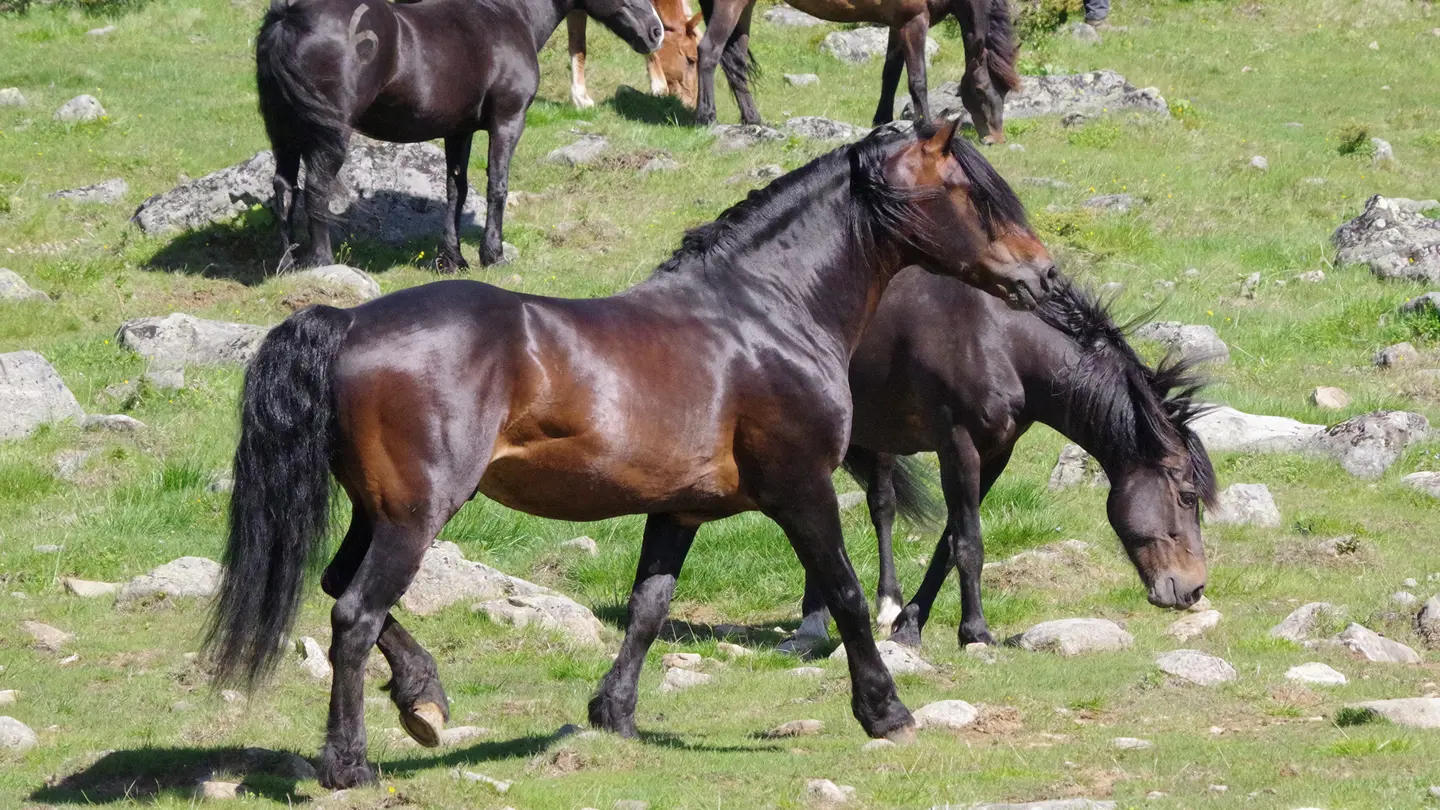
Conservation efforts
The Ministry of Agriculture and Food (LMD) is the highest authority for all livestock breeding in Norway. The Norwegian Genetic Resource Center was established in 2006 as an advisory and executive body to LMD. The Norwegian Genetic Resource Centre coordinates competence and activities within the conservation and use of national genetic resources and has several important tasks. These include monitoring status, as well as contributing to the efficient management of the genetic resources in livestock, plants and forests in Norway. The responsibility for this work on horses is assigned to the Norwegian Horse Association, which has an advisory and executive function for the breeding organizations. The Norwegian Horse Association reports to LMD and provides annual key figures to the Norwegian Genetic Resource Association.
In 2011, an action plan for national horse breeds which included Dole horse, Fjord horse and Nordland /Lyng horse was developed. The purpose of the action plan was to structure and give direction to the measures that were considered necessary for ensuring the management of the breeds. A revision of the action plan was approved and adopted from 2021. The new and revised action plan also includes the Norwegian coldblooded trotter, and therefore covers all the four national horse breeds in Norway. In 2016, LMD established a professional committee for the national horse breeds that advises LMD on the work with the national horse breeds. The subject committee consists of representatives from the breeding organizations, the Norwegian University of Life Sciences (NMBU), the Norwegian Genetic Resource Center and the Norwegian Horse Association.
As previously stated, the trotting association DNT is presently the Norwegian breed organization for trotting horses. DNT is responsible for both registration/ certification, studbook keeping and the contribution to the sustainable breeding of the coldblooded trotter.
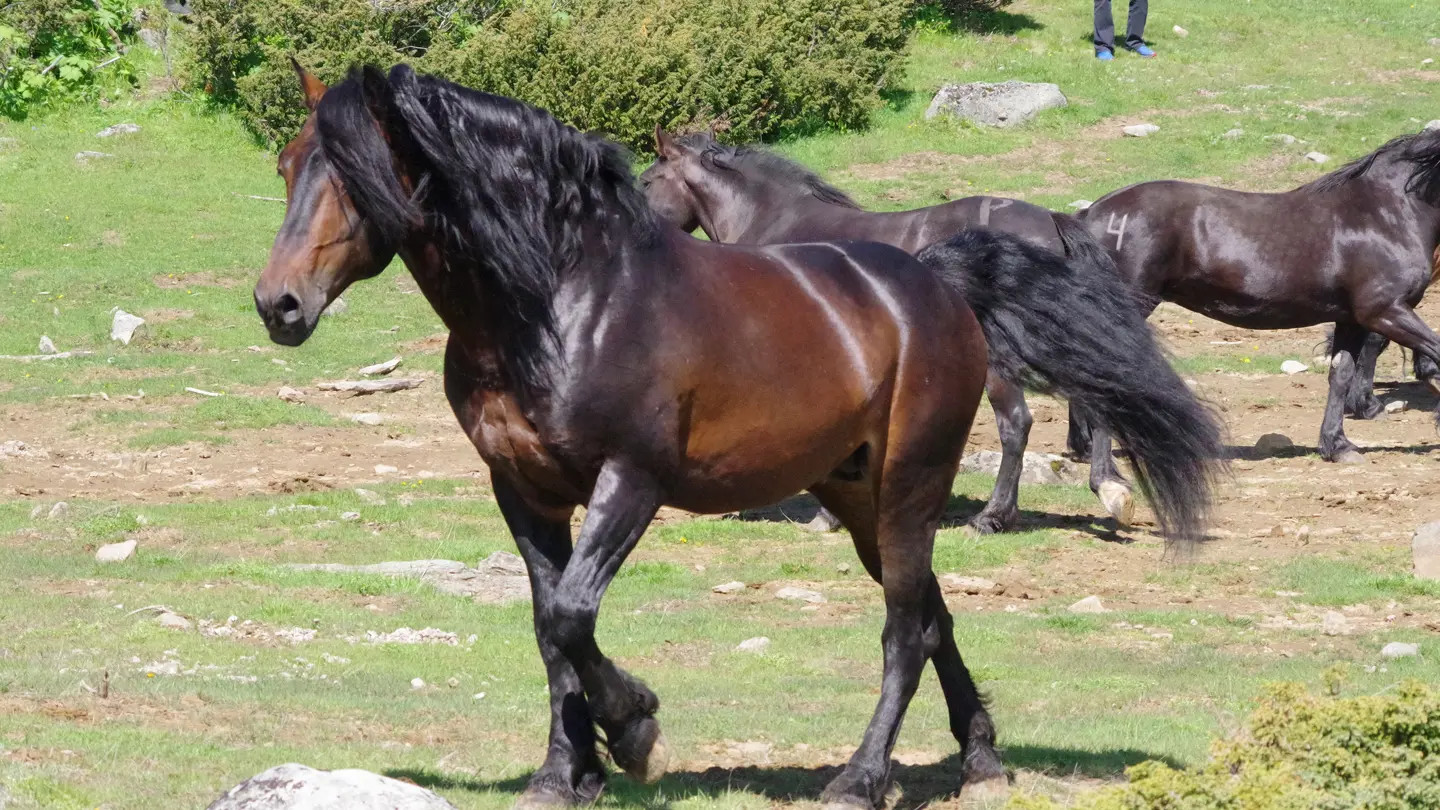
Characterization of the breed in science
Characterization is an important part of conservation work because it provides important insight into unique characteristics that we may need in the future. Based on a systematic study carried out by NordGen (Kierkegaard et al. 2020), 19 easily accessible studies including the Norwegian coldblooded trotter had been carried out until 2019. Nine of these focused on molecular genetic diversity within and between breeds and other selected breeds. Four of these included all the Norwegian native breeds. Additionally, a study conducted by Velie et al., 2019, also have investigated the genome of a selection of Norwegian-Swedish Coldblooded trotters to estimate the genomic inbreeding coefficient. This is important for the adoption of molecular approaches for selection and maintenance of the breed.
Research activities that focus on genomic characterizing the breed is ongoing. For instance, the ongoing Nordic horse project, is genomically mapping a selection of Nordic native horse breeds, including the Coldblooded trotter, various important parameters (e.g., genomic inbreeding coefficient and effective population size) will be analysed (Nordic horse project, 2021-2024).
Phenotypically, Norwegian coldblooded trotters are characterized in relation to temperament, plasma metabolite and hormone concentration, ossification (osteochondrosis) and conformation. Further studies include the investigation of the possible connection between the DMT3 gene and talent. The DMT3 gene has major influence on several traits, including trotting speed and has therefore been of significant interest in various research of several horse breeds. Although this horse has been included in more studies than other Nordic endangered horse breeds, discovering, investigating, and characterising more genes related to different traits remains necessary to improve future management and conservation of the breed.
Moreover, since the breed is a part of our cultural heritage, it is also important to ensure historical knowledge about its development and significance for humans. Unfortunately, studies that document the socio-cultural significance of Norwegian coldblooded trotters has yet to be carried out. By securing more in-depth knowledge about the breed, we can not only advance conservation efforts, but also ensure knowledge about our own societal development.
The Norwegian and Swedish Coldblooded trotters have a common breeding programme and share sires.
Trotting races with the Norwegian coldblooded trotter was previously carried out on frozen waters.
References
Bjørnstad, G., Gunby, E. & Røed, K. H. (2000). Genetic structure of Norwegian horse breeds. Journal of Animal Breeding and Genetics 117(5), 307–317.
Bjørnstad, G., Nilsen, NØ & Røed, K. H. (2003). Genetic relationship between Mongolian and Norwegian horses? Animal Genetics 34(1), 55–58.
Bjørnstad, G. & Røed, K. H. (2001). Breed demarcation and potential for breed allocation of Horses Assessed by microsatellite markers. Animal Genetics 32(2), 59–65.
Bjornstad, G. & Roed, K. H. (2002). Evaluation of factors affecting individual assignment precision using microsatellite data from horse breeds and simulated breed crosses. Animal Genetics 33(4), 264–270. doi:10.1046/j.1365-2052.2002.00868.x.
Dolvik, N. I. & Klemetsdal, G. (1999). Conformational traits of Norwegian cold-blooded trotters: Heritability and the relationship with performance. Acta Agriculturae Scandinavica, Section A - Animal Science 49(3), 156–162. doi:10.1080/090647099424060.
Fegraeus, K. J., Lawrence, C., Petäjistö, K., Johansson, M. K., Wiklund, M., Olsson, C., Andersson, L., et al. (2017b). Lack of significant associations with early career performance suggest no link between the DMRT3 “gait keeper” mutation and precocity in coldblooded trotters. PLOS ONE 12(5), e0177351. doi:10.1371/journal.pone.0177351.
Fegraeus, K. J., Velie, B. D., Axelsson, J., Ang, R., Hamilton, N. A., Andersson, L., Meadows, J. R. S. & Lindgren, G. (2018b). A potential regulatory region near the EDN3 gene may control both harness racing performance and coat color variation in horses. Physiological Reports 6(10), e13700. doi:10.14814/phy2.13700.
Holm, A. W., Bjørnstad, G. & Ruohoniemi, M. (2000). Ossification of the cartilages in the front feet of young Norwegian coldblooded horses. Equine Veterinary Journal 32(2), 156–160.
Jensen, R. B., Blache, D., Knudsen, K. E. B., Austbø, D. & Tauson, A.-H. (2017). The effect of diet and exercise on plasma metabolite and hormone concentrations in horses measured before and after exercise. Comparative Exercise Physiology 13(2), 97–104. doi:10.3920/CEP170004.
Kierkegaard, L.S., Groeneveld, L.F., Kettunen, A., Berg, P. (2020). The status and need for characterization of Nordic animal genetic resources, Acta Agriculturae Scandinavica, Section A — Animal Science, 69:1-2, 2-24, DOI: 10.1080/09064702.2020.1722216
Klemetsdal, G. (1999). Stochastic simulation of sire selection strategies in North-Swedish and Norwegian cold-blooded trotters. Livestock Production Science 57(3), 219–229.
Norsk hestesenter, 2024, RAPPORT 2023 Nøkkeltal om dei nasjonale hesterasane. Available from: https://www.nhest.no/forskning-nasjonale-hesteraser.480576.no.html
Olsen, H. F. & Klemetsdal, G. (2017). Temperament of the Norwegian horse breeds – a questionnaire based study. Applied Animal Behaviour Science 193(August), 60–66. doi:10.1016/j.applanim.2017.03.015.
Olsen, H. F., Klemetsdal, G., Ødegård, J. & Árnason, T. (2012). Validation of alternative models in genetic evaluation of racing performance in North Swedish and Norwegian cold-blooded trotters: Validation of alternative models in the cold-blooded trotter. Journal of Animal Breeding and Genetics 129(2), 164–170. doi:10.1111/j.1439-0388.2011.00943.x.
Olsen, H. F., Meuwissen, T. & Klemetsdal, G. (2013). Optimal contribution selection applied to the Norwegian and the North-Swedish cold-Blooded trotter - a Feasibility study: Optimal contribution selection in cold-blooded trotters. Journal of Animal Breeding and Genetics 130(3), 170–177. doi:10.1111/j.1439-0388.2012.01005.x.
Petäjistö, K. (2016). The role of myostatin in coldblooded trotter harness racing performance. Second cycle, A2E, Swedish University of Agricultural Sciences, available at: http://stud.epsilon.slu.se/9762/
Revold, T., Larsen, S. & Ihler, C. F. (2010). Prediction of early race starts in Norwegian-Swedish coldblooded trotters. Acta Veterinaria Scandinavica 52(1), 53.
Sild, E., Rooni, K., Värv, S., Røed, K., Popov, R., Kantanen, J. & Viinlass, H. (2019). Genetic diversity of Estonian horse breeds and their genetic affinity to Northern European and some Asian breeds. Livestock Science 220(February), 57–66. doi:10.1016/j.livsci.2018.12.006.
Velie, B. D., Fegraeus, K. J., Solé, M., Rosengren, M. K., Røed, K. H., Ihler, C.-F., Strand, E. & Lindgren, G. (2018). A genome-Wide association study for harness racing success in the Norwegian-Swedish coldblooded trotter reveals genes for learning and energy metabolism. BMC Genetics 19(1), 80. doi:10.1186/s12863-018-0670-3.
Velie, B. D., Lillie, M., Fegraeus, K. J., Rosengren, M. K., Solé, M., Wiklund, M., Ihler, C.-F., Strand, E. & Lindgren, G. (2019). Exploring the genetics of Trotting racing ability in horses using a unique Nordic horse model. BMC Genomics 20(1), 104. doi:10.1186/s12864-019-5484-9.
Velie, B.D., Solé, M., Fegraeus, K.J. et al. (2019). Genomic measures of inbreeding in the Norwegian–Swedish Coldblooded Trotter and their associations with known QTL for reproduction and health traits. Genet Sel Evol 51, 22. https://doi.org/10.1186/s12711-019-0465-7
Wulfsberg, J. V. (2010). Unique trotter: The Norwegian coldblooded horse. Thesis, Szent István University, available at: http://www.huveta.hu/handle/10832/246
Read more about our other native breeds
-
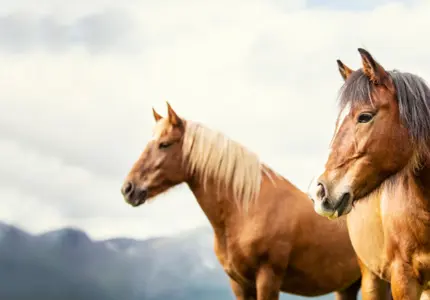
Nordland/Lyngen Horse
The first known and documented exhibition where this breed participated, was in 1898 at Lyngseidet in Troms. In the 1930s, organized breeding of Nordland/Lyngen horses started.
Read more about the breed
-
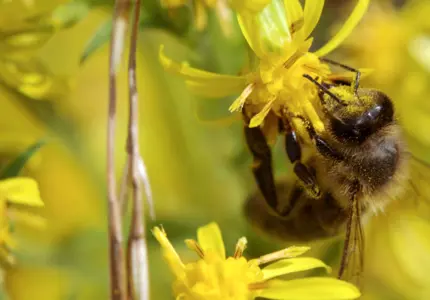
The Nordic brown bee
Honey bees are threatened by intensive agriculture, habitat loss and climate changes worldwide and are important to conserve, not only due to their honey production but also due to their pollination services.
Read more about the breed
-
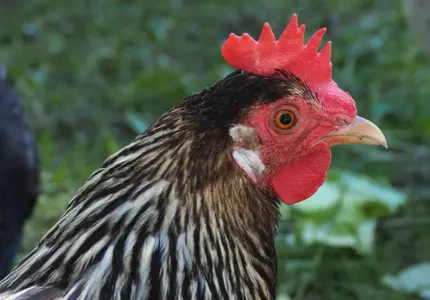
Finnish Landrace Chicken
In 1974, the agricultural advisory agency collaborated with Seiskari and published a call to find remains of the Finnish landrace chicken. As a result, one flock was found in South-East Finland. This family line was named after its geographical location as “Savitaipaleenkanta”.
Read more about the breed